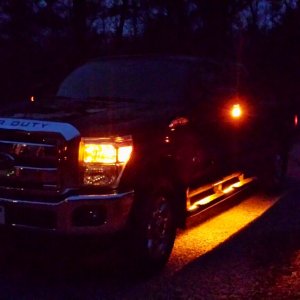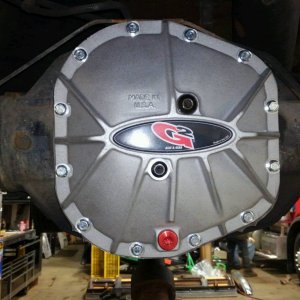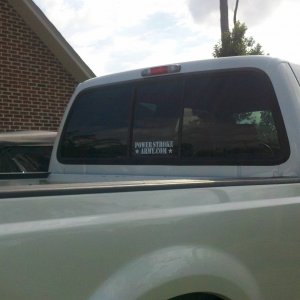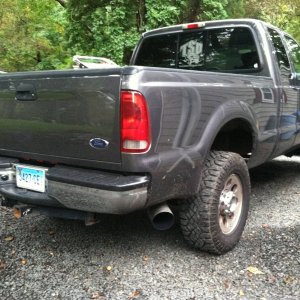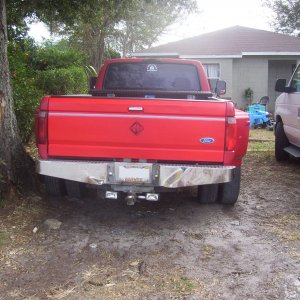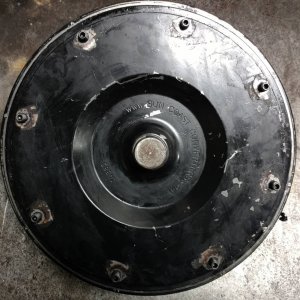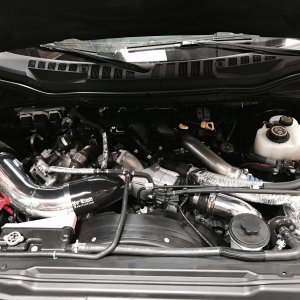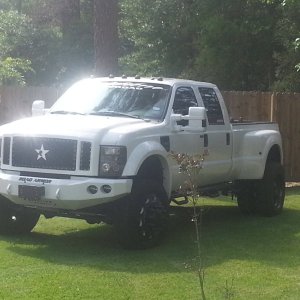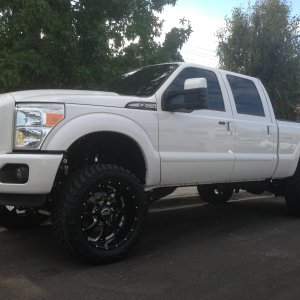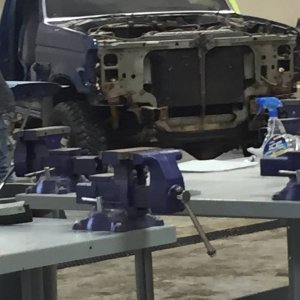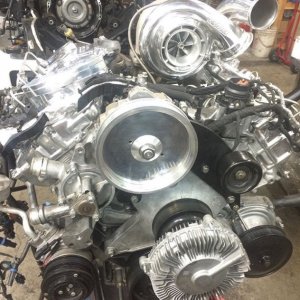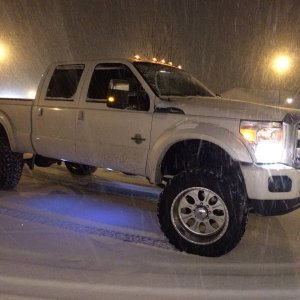bigwheel
New member
I just did the first compression test on my 2000 7.3l. and looking for you guys to help and give me some feed back on the numbers I got. For this first test the motor was cold around 55 degrees and hasn't ran in a couple of days. Also I live right at 8000 ft so elevation which will play a little part.
Cold test #1
1-282
2-270
3-280
4-285
5-290
6-265
7-280
8-283
These numbers seem pretty low to me, but what I was suprised about was they are all right around the same area no big changes on one. Right now I have the truck pluged in trying to heat it up for a couple of hours. I will do test number 2 with it some what warm. What do you guys think about these numbers?
Thanks for the help
Cold test #1
1-282
2-270
3-280
4-285
5-290
6-265
7-280
8-283
These numbers seem pretty low to me, but what I was suprised about was they are all right around the same area no big changes on one. Right now I have the truck pluged in trying to heat it up for a couple of hours. I will do test number 2 with it some what warm. What do you guys think about these numbers?
Thanks for the help

